1. Squirrels Forget Where They Hide Their Nuts
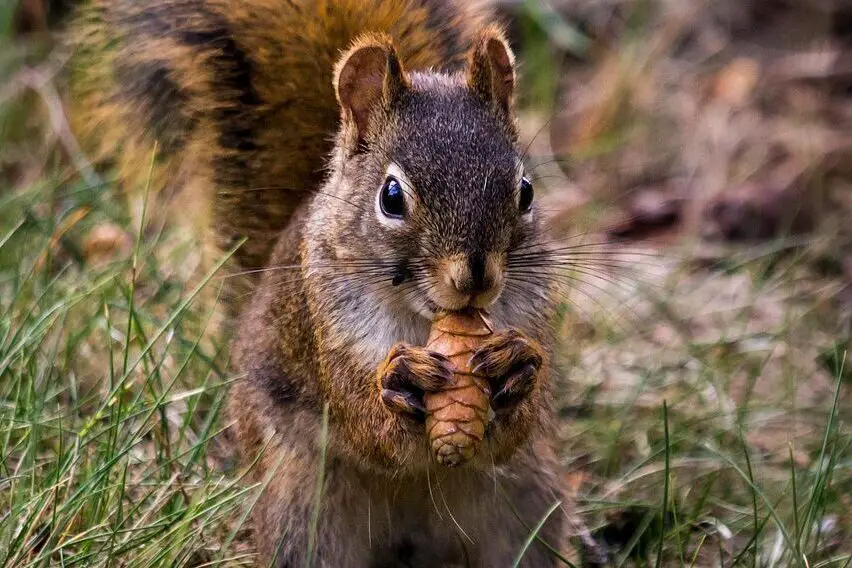
If you’ve ever watched a squirrel frantically bury a nut, you might assume they have a flawless memory to keep track of all their hidden treasures. The truth? They forget about a lot of them. But here’s the wild part—this forgetfulness is actually great for the environment. The nuts they leave behind often grow into new trees, making squirrels accidental but highly effective reforestation experts. Without them, many forests wouldn’t be as lush and thriving as they are today.
However, they’re not completely hopeless when it comes to remembering. Squirrels use a method called “spatial chunking,” where they organize their food by type and location, almost like filing cabinets. They also rely on their incredible sense of smell to track down buried acorns—even under several inches of snow. But since they stash thousands of nuts each year, it’s impossible for them to retrieve every single one. And thanks to that forgetfulness, they end up planting entire forests, whether they meant to or not.
2. They Can Fall From Crazy Heights and Walk Away Like Nothing Happened
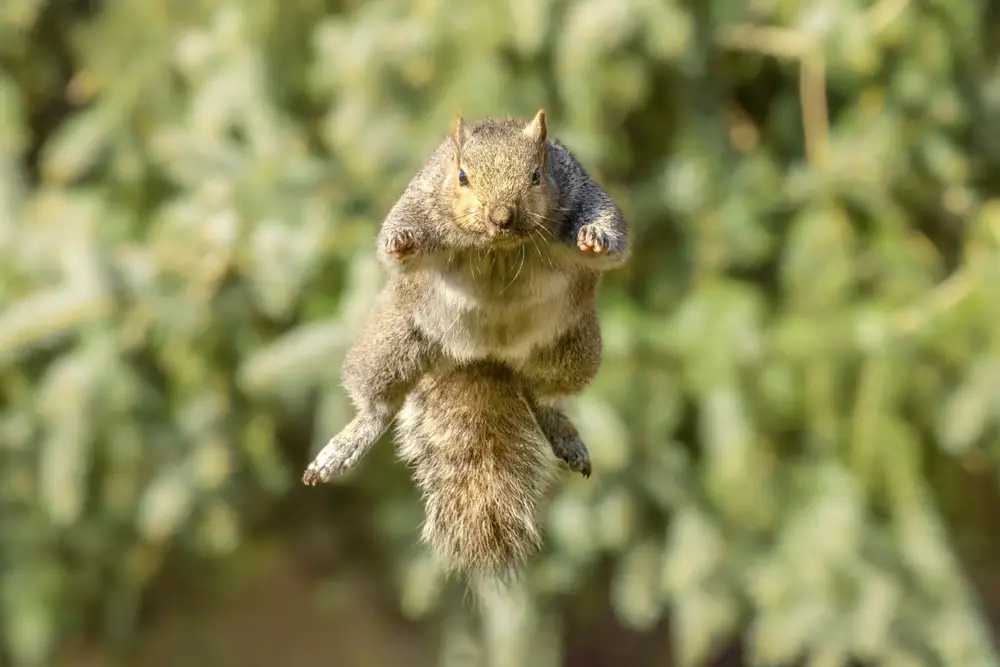
Squirrels have a superpower that should make stunt performers jealous—they can survive falls from extreme heights without injury. Thanks to their lightweight bodies, bushy tails, and crazy reflexes, they act like little parachutes, slowing themselves down as they descend. Whether they’re leaping between tree branches or accidentally slipping from a rooftop, squirrels seem to defy gravity in ways that would leave most other animals injured—or worse.
Their survival secret lies in something called “terminal velocity,” which is the fastest speed they can fall. Since they’re small and light, their terminal velocity is relatively low, meaning they hit the ground with much less force than, say, a human or a larger animal. Combine that with their flexible bodies and shock-absorbing legs, and you have a tiny daredevil that can take a high-altitude plunge and keep right on scurrying. If only humans could bounce back that easily.
3. They Can Rotate Their Ankles 180 Degrees for Climbing
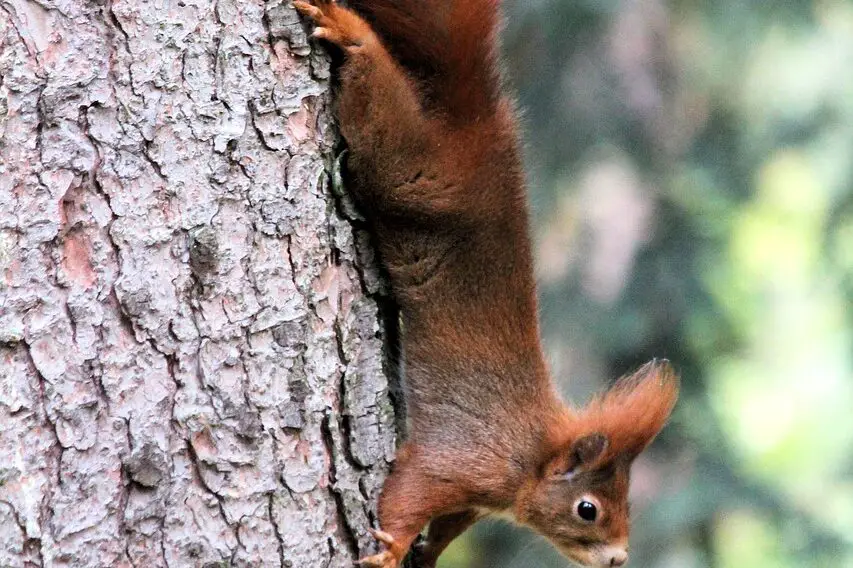
Have you ever watched a squirrel scurry down a tree headfirst and wondered, “How in the world are they not falling?” The answer is in their ankles. Unlike most mammals, squirrels have super flexible ankle joints that can rotate 180 degrees. This allows them to grip surfaces in ways that other animals simply can’t. It’s why you’ll see them dashing up, down, and around tree trunks like little gravity-defying ninjas.
This insane level of flexibility makes them some of the best climbers in the animal kingdom. Whether they’re escaping a predator, chasing another squirrel, or just showing off, their ability to grip tree bark from any angle gives them an edge. It’s also why you’ll often see them running across power lines or fences without missing a beat. Next time you see a squirrel darting upside down on a tree, just remember—it’s all in the ankles.
4. Squirrels Have a Built-in GPS for Finding Their Way Home
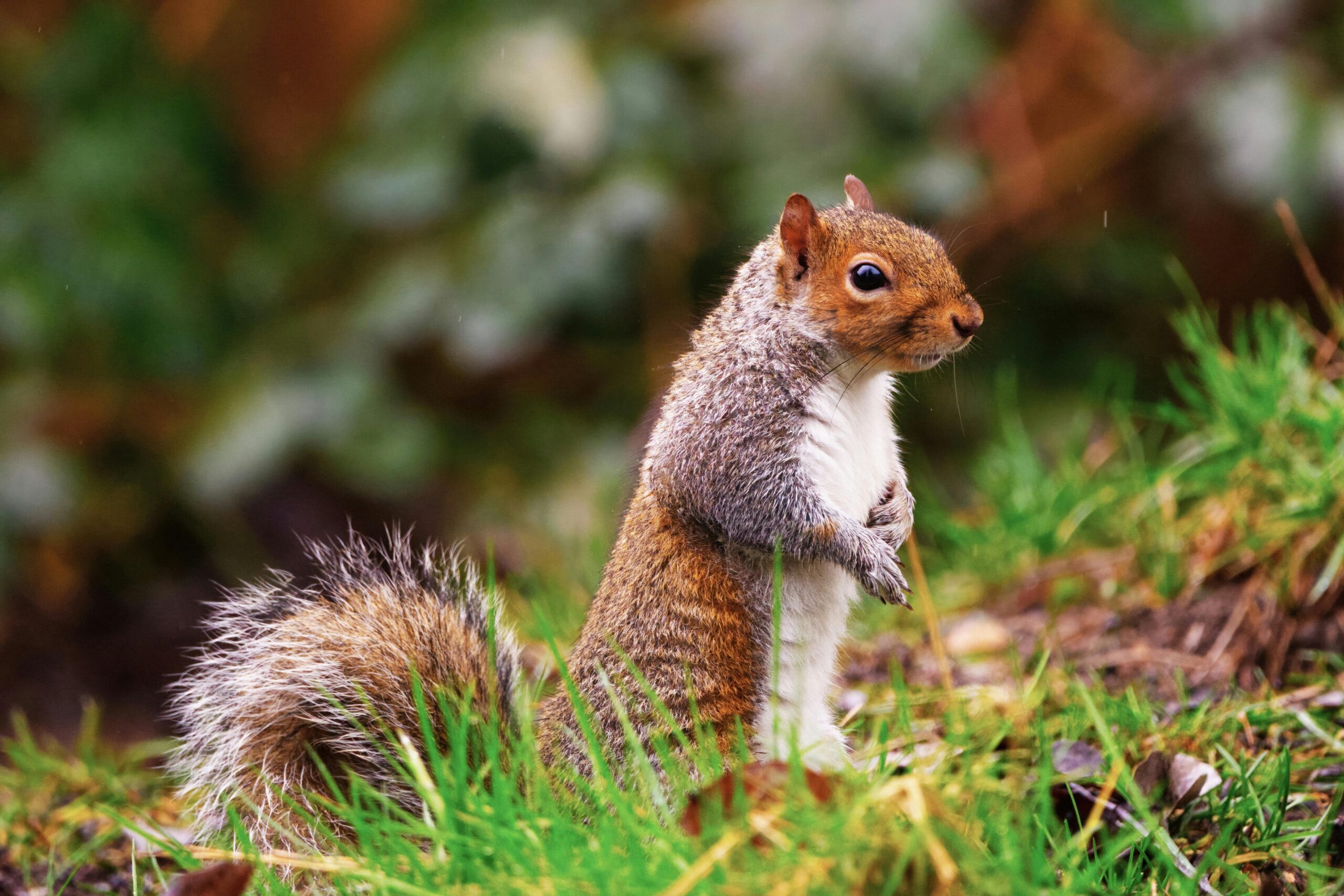
Ever wonder how squirrels seem to know exactly where to go, even in unfamiliar territory? They have a mental GPS that helps them navigate the world with impressive precision. Studies have shown that squirrels create detailed mental maps of their surroundings, allowing them to find food, escape danger, and return to their nests without getting lost. Even if you moved them a few miles away from their home, they’d likely find their way back without much trouble.
This skill is especially useful in urban environments, where squirrels constantly have to dodge traffic, avoid predators, and locate food sources. They memorize landmarks, scent trails, and even the locations of specific trees to help them navigate their complex world. It’s like they have a built-in Google Maps, but instead of turn-by-turn directions, they rely on instinct and memory. So, while they might forget a few nuts here and there, when it comes to getting home, squirrels don’t mess around.
5. Their Teeth Never Stop Growing
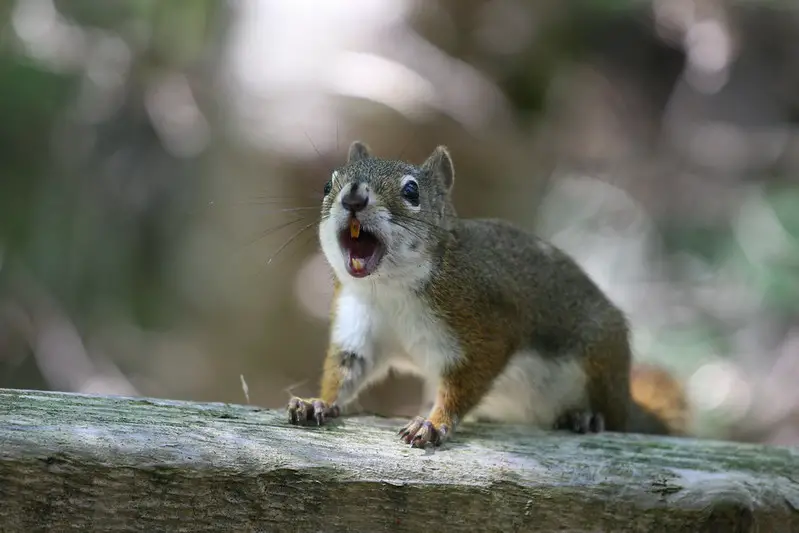
A squirrel’s front teeth never stop growing, and that’s exactly how they like it. These little rodents have to constantly gnaw on things to keep their teeth from growing too long. If they didn’t, their teeth could become so overgrown that they wouldn’t be able to eat properly, which would be a serious problem. That’s why you’ll often see squirrels chewing on tree bark, acorns, or even your backyard furniture—they’re not just hungry; they’re maintaining their dental health.
Their ever-growing teeth also make them incredible problem solvers. Need to crack open a tough nut? No problem. Have to chew through a wooden fence to reach food? Easy. Their powerful, chisel-like teeth can gnaw through just about anything, including electrical wires, which is why they sometimes cause power outages. If you ever find a mysterious bite mark on something in your yard, chances are, a squirrel left its dental signature behind.
6. Squirrels Can “Fly”—Kind of
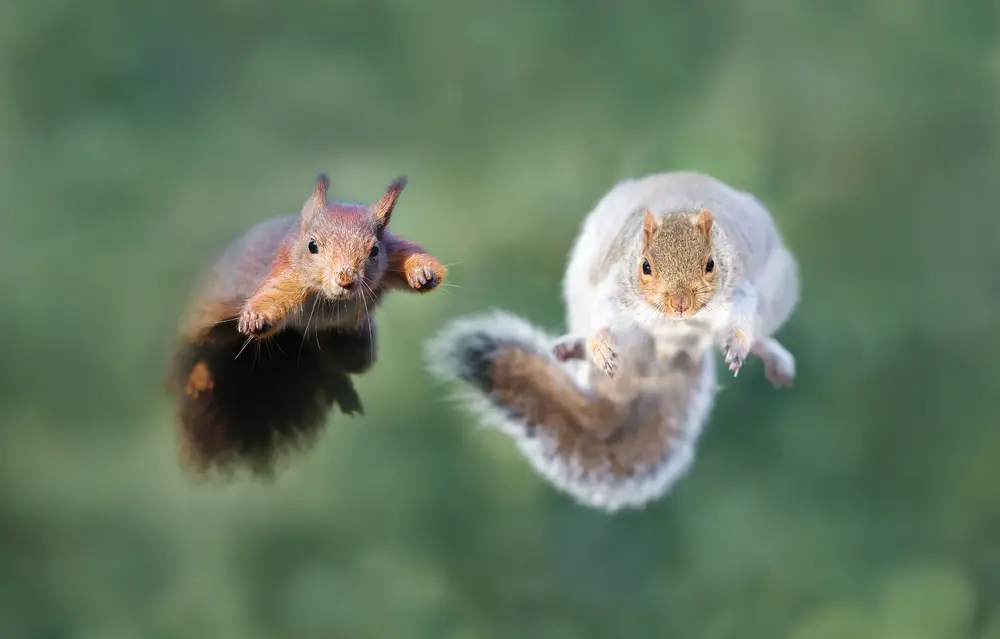
While regular squirrels are amazing climbers and jumpers, some of their cousins take things to the next level—literally. Flying squirrels don’t actually fly like birds, but they do have a special flap of skin between their limbs that allows them to glide through the air like furry little wingsuit pilots. With a single leap, they can soar over 150 feet, using their tail as a rudder to steer.
This ability helps them escape predators and travel between trees without having to risk the dangers of the forest floor. They can change direction mid-air, slow themselves down before landing, and even make sharp turns. It’s a survival tactic that has kept them thriving for millions of years. While they might not be as common as their tree-dwelling relatives, flying squirrels prove that when it comes to navigating the treetops, squirrels are in a league of their own.
7. Squirrels Have an Alarming Way of Communicating
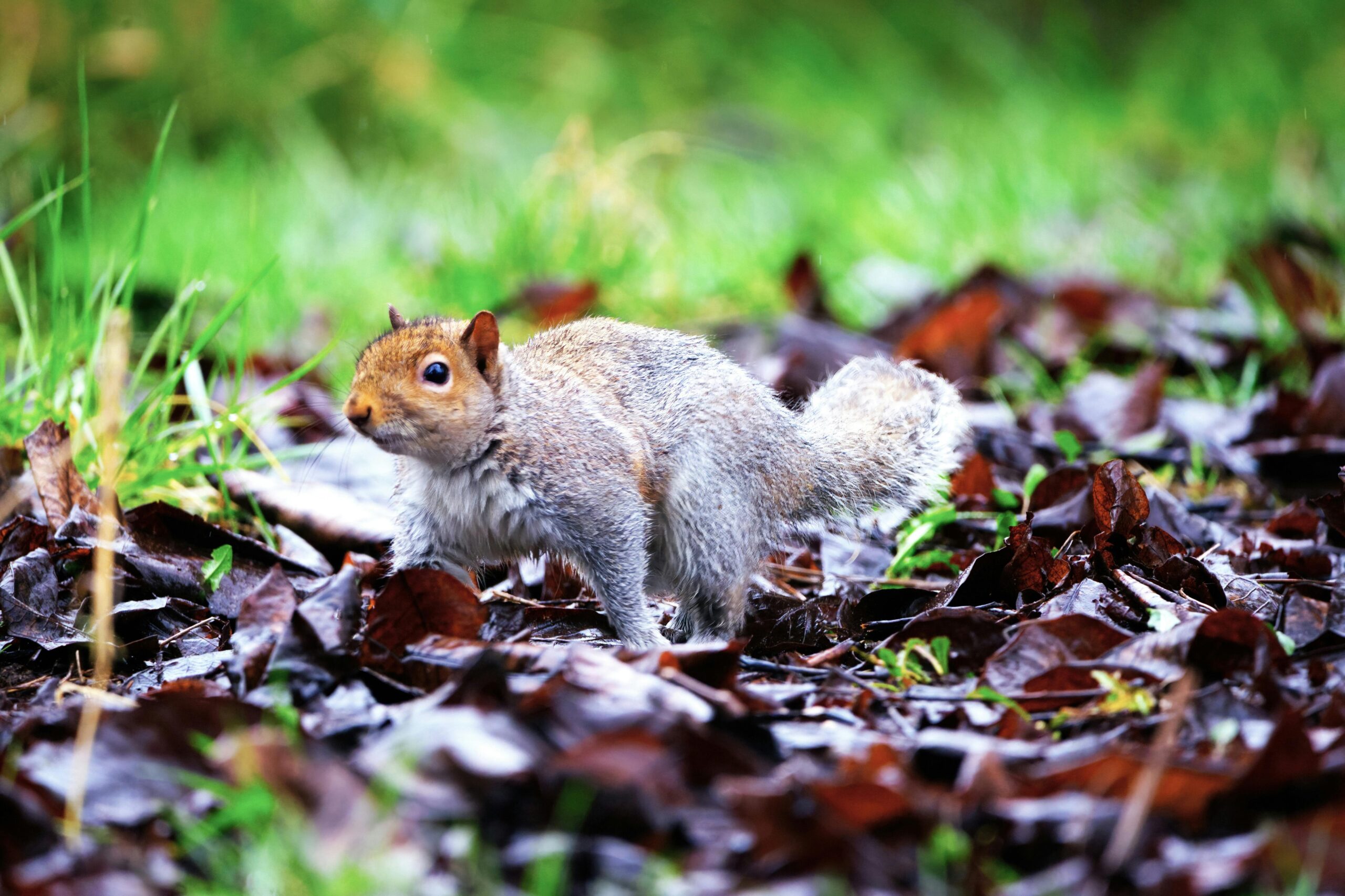
If you’ve ever seen a squirrel suddenly freeze, flick its tail, or let out a sharp chirp, you’ve just witnessed squirrel communication in action. These little creatures have a surprisingly sophisticated way of talking to each other, mostly through body language and high-pitched vocalizations. They use a mix of tail movements, scent markings, and even ultrasonic sounds to warn each other of danger, claim territory, or signal food sources.
One of the most common warning signs is a rapid tail flick, which tells other squirrels that a predator—like a hawk or cat—is nearby. They also have different alarm calls depending on the type of threat. A short, sharp bark usually means danger from the ground, while a more drawn-out sound means something is coming from above. So the next time you hear a squirrel making a fuss, they might not just be chattering—they’re sounding the alarm.
8. Some Squirrels Are Surprisingly Sneaky Thieves
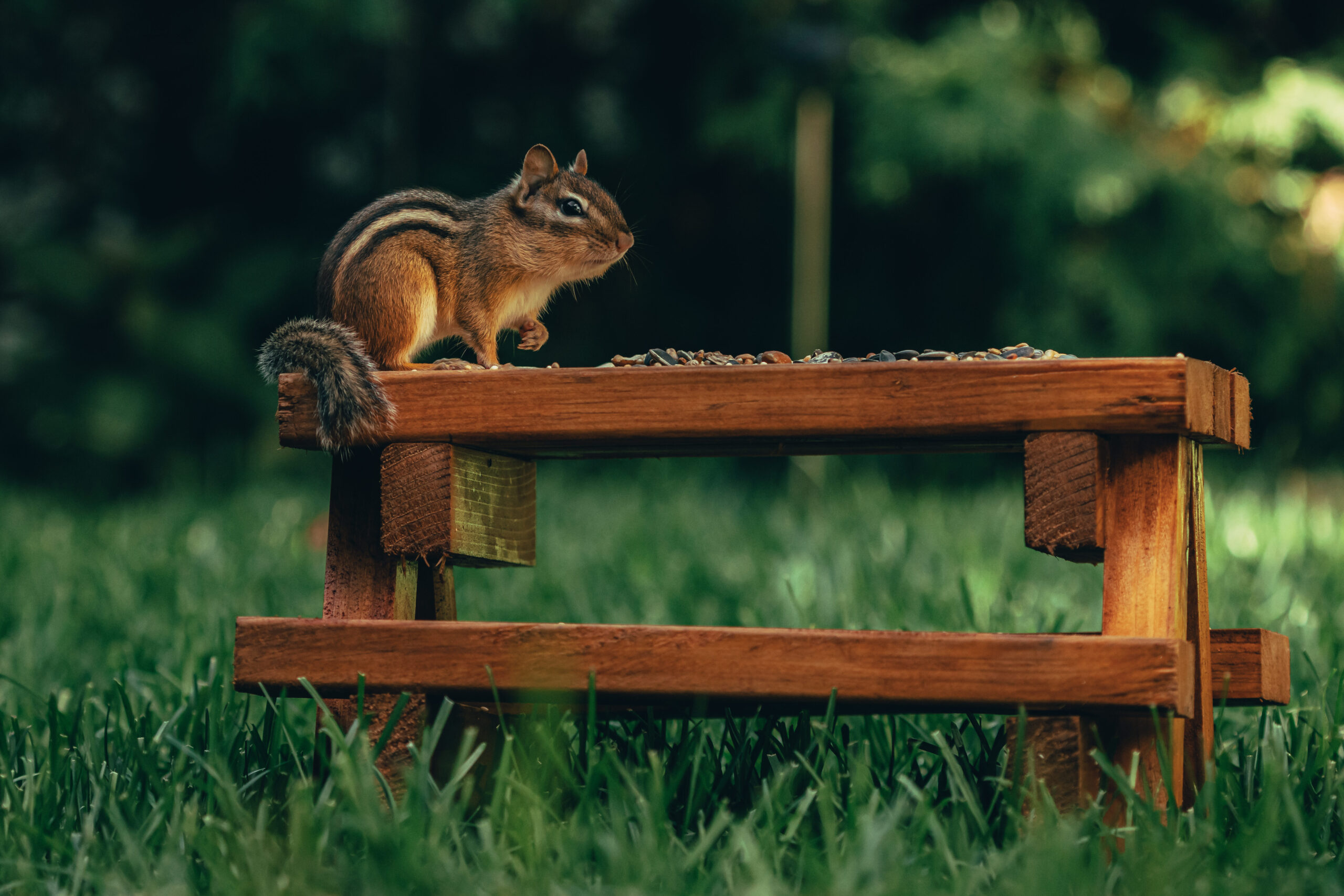
Squirrels aren’t just cute little nut collectors—they can also be expert tricksters. If they suspect another animal is watching them, they’ll go through the motions of burying a nut, only to fake it and hide the real one somewhere else. This clever move, called “deceptive caching,” helps them throw off potential food thieves, like rival squirrels or birds looking for an easy meal.
It’s a strategy that requires a good amount of intelligence, as they have to assess threats, plan fake stashes, and remember where they put the actual food. Studies have shown that squirrels can even adjust their deception levels based on how many competitors are around. In other words, the more thieves nearby, the more sneaky tricks they pull. Who knew such tiny creatures could be master strategists?
9. Squirrels Have Built-In Weather Forecasting Skills
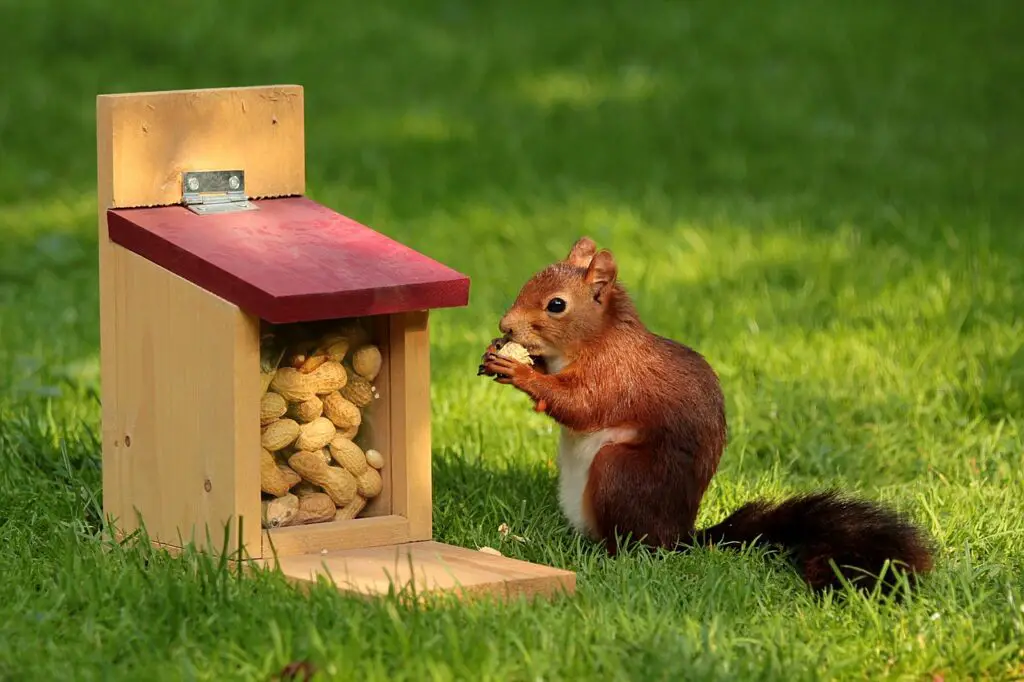
Before winter hits, squirrels go into overdrive, gathering and storing food to survive the colder months. But did you know they might also be able to predict how bad winter will be? Some researchers believe that squirrels instinctively prepare for harsh weather by collecting extra food and growing a thicker coat earlier in the season. If they’re unusually busy or fluffier than usual, it might be a sign of a tough winter ahead.
Their ability to sense changing weather patterns comes from a mix of environmental cues, such as temperature drops, daylight changes, and even atmospheric pressure shifts. While they’re not as precise as modern meteorologists, they’ve been following these natural signs for millions of years. So if you see squirrels acting extra frantic in the fall, don’t be surprised if winter ends up being a rough one.
10. They Have Super Sharp Memories (Except When They Don’t)
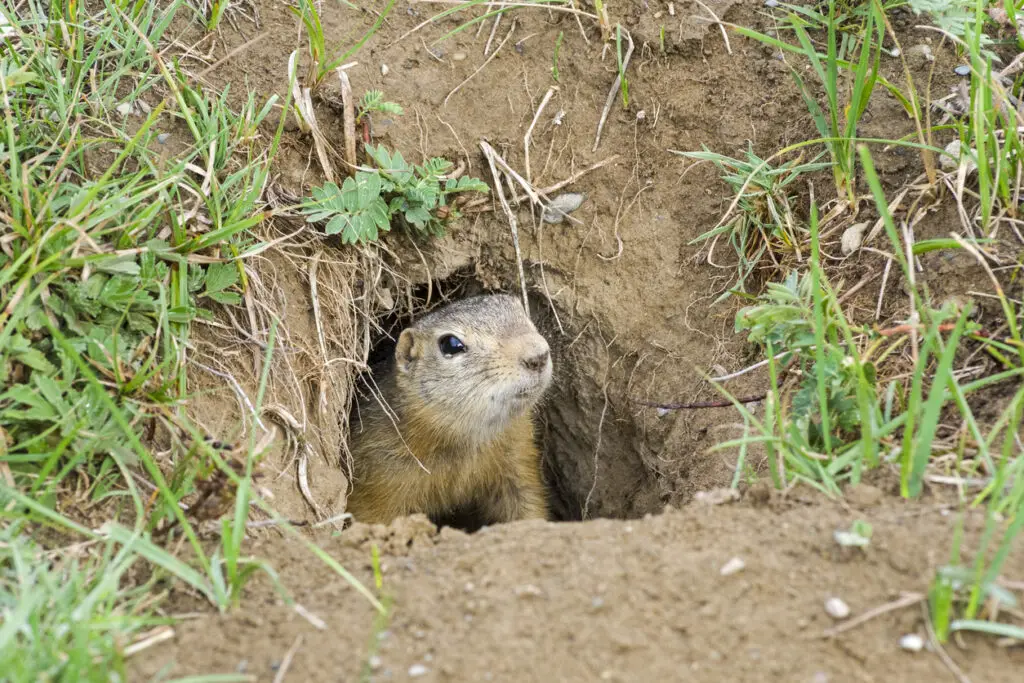
Squirrels are often stereotyped as forgetful nut hoarders, but the truth is a little more complicated. While they do misplace a lot of their food, they also have an incredible memory when it comes to survival. They can remember which trees produced the best acorns, recall escape routes in their territory, and even recognize individual humans who have fed them before.
However, their memory is selective. Since they bury thousands of nuts each year, it’s impossible to keep track of every single one. Instead, they rely on patterns and general locations to find food later. If they happen to forget a few here and there, it’s not a big deal—it just means they’ve accidentally planted a few new trees. So while they may not be memory champions, they’re certainly not as absentminded as they seem.
11. Squirrels Can Be Surprisingly Aggressive When It Comes to Food
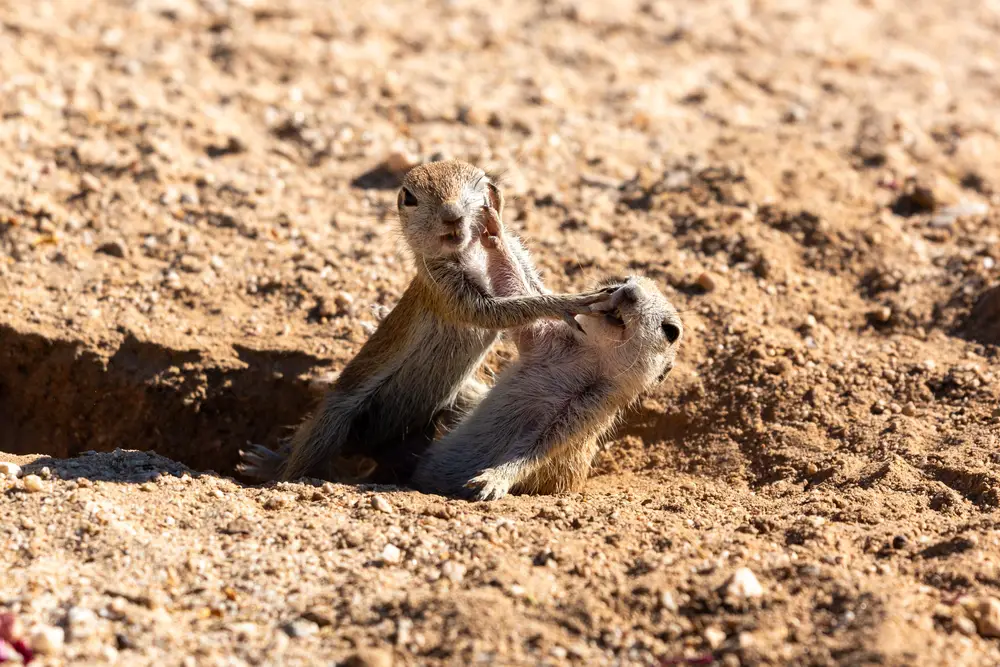
They may look adorable, but squirrels don’t mess around when food is on the line. When resources are scarce, they can become territorial and even aggressive, chasing away rivals with loud chattering, tail flicking, and, if necessary, physical scuffles. They’ve been known to fight over food caches, steal from each other, and even take down birds at feeders if it means securing a meal.
This feisty side is all about survival. In the wild, food competition can be fierce, especially in colder months when supplies are low. That’s why they’ll do whatever it takes to protect their stash. If you’ve ever watched a squirrel chase another one in circles around a tree, there’s a good chance it’s not just playtime—it’s a battle over territory and food rights.
12. Squirrels Have Been Around Since the Time of Dinosaurs
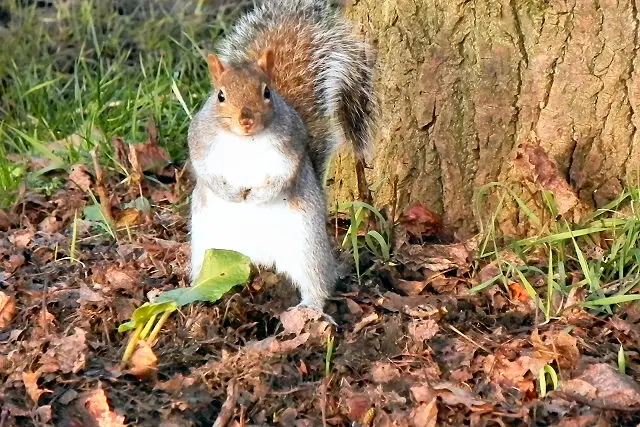
Believe it or not, squirrels are prehistoric survivors. Their ancestors date back more than 35 million years, meaning they shared the planet with some of the last dinosaurs. While they’ve evolved over time, their core behaviors—like climbing, storing food, and scampering around—haven’t changed much in millions of years.
This long history of survival proves that squirrels are some of nature’s toughest creatures. They’ve adapted to different climates, learned to outsmart predators, and even figured out how to thrive in human environments. So the next time you see a squirrel darting across a park, just remember—you’re looking at a little creature with a history far older than most of the world’s mammals.


